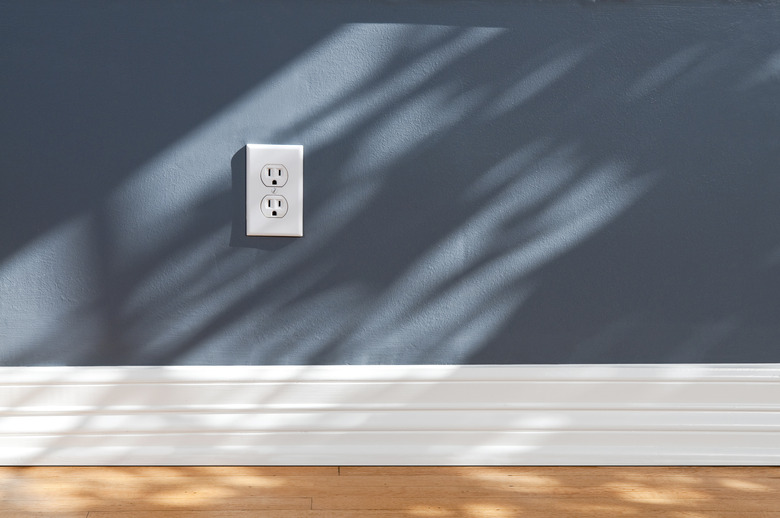How Do You Test For A Short In An Electric Wire?
An electrical short in your wiring is a significant problem. In a best-case scenario, the electrical short can cause power fluctuations that may affect your electronics in a number of ways. In the worst-case scenario, that same short becomes a fire or shock hazard that you might not be aware of until it's too late. If there is a short in your wiring, then it needs to be taken care of right away. If you aren't sure where the short is or if one exists at all, there are ways to test for a short and find out.
What Is an Electrical Short?
What Is an Electrical Short?
Before you can start troubleshooting a short circuit, you need to know what is a short exactly and how they occur. Essentially, a short is an alternate pathway for electricity within a circuit, be it a circuit on the motherboard of a piece of electronics or a circuit within the wiring of a house. When electricity flows through this alternate pathway, components within the circuit may receive too little electricity to function properly while others receive too much. Arcs of electricity can also damage surrounding materials because the alternate pathway isn't shielded the way that the actual circuit is.
How Do Shorts Occur?
How Do Shorts Occur?
There are a number of causes of short circuits. Shorts often occur when a wire's insulation becomes damaged, but can also happen when connections become corroded or wire connections aren't properly secured. Some short circuits are a result of faulty wiring design, although many occur over time as wiring or connections become damaged or loosened. Shorts aren't necessarily a result of direct contact between wires or components, though they can be. A short circuit can also result from wires or components that are in close proximity to each other as the electricity can arc between the two.
Locating a Short
Locating a Short
Finding a short in a wire requires you first knowing that the short is there. Sometimes the signs of a short are easy to detect, such as experiencing problems with your heating and cooling system because there's suddenly no voltage at the thermostat. Other times, the only signs of a short are a brief whiff of a smell like burning wires or a slight popping sound that you happen to be around to hear.
If you suspect a short, look for physical signs of one. This includes burning smells, visible burns or melted metal on wires, hot spots in the wall or cover of an electrical component, sizzling or popping sounds, flickering lights or other signs of inconsistent voltage. If you have access to one, an infrared camera may help you find a short because it will be able to detect hot spots even if they're inside of walls or otherwise inaccessible.
Testing and Repair
Testing and Repair
If you think you have a short but aren't sure, use a multimeter, set to resistance or continuity, or similar electrical testing equipment to confirm the voltage around the area where you suspect the short is. Signs of a short include lower-than-expected resistance due to the current being diverted away from the area. If you have access to the short and experience dealing with wiring, you can repair the short yourself by replacing wires or repairing the insulation. Just make sure that you shut off the power or unplug the shorted device first. If you don't have training or experience working with electricity, though, it's best to call an electrician and let a professional take care of the problem.
